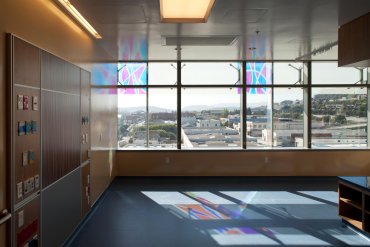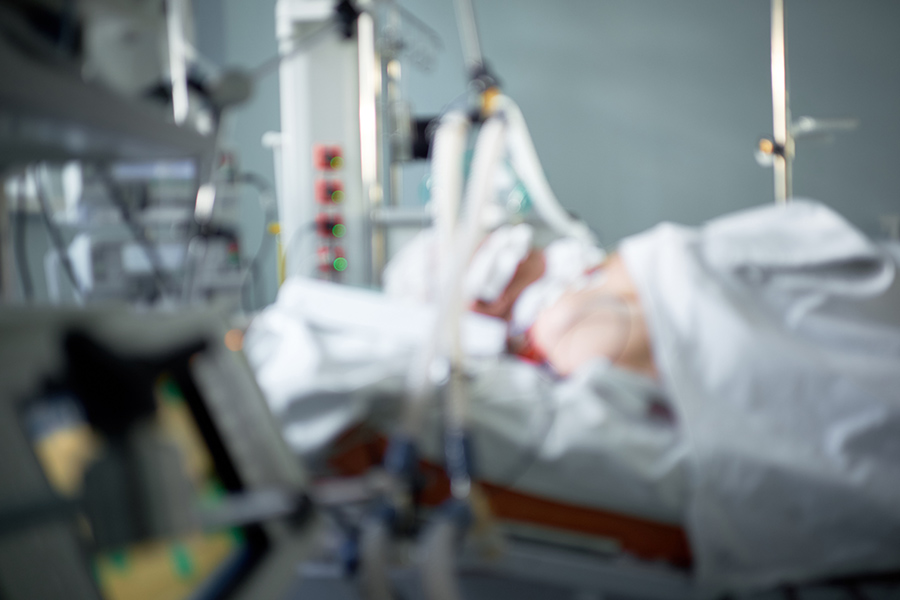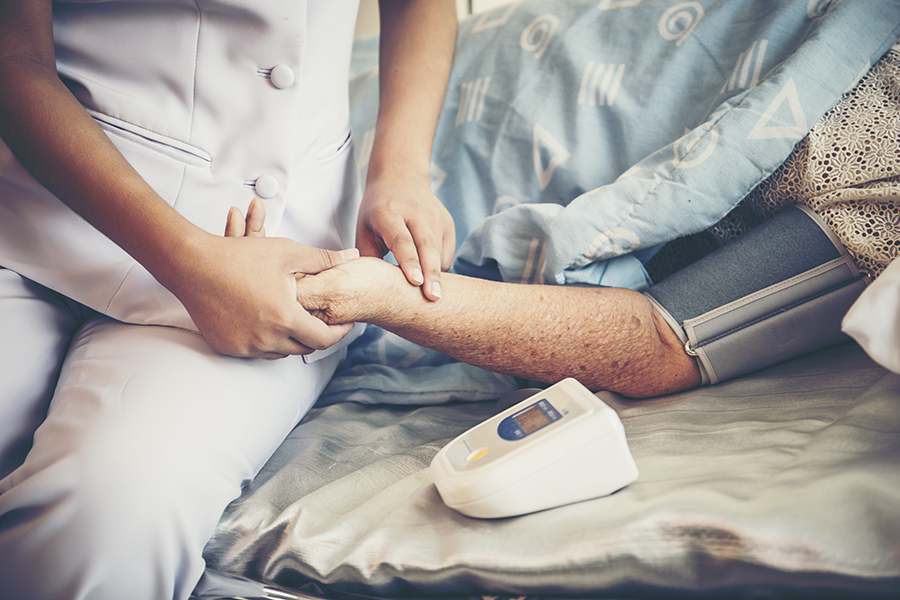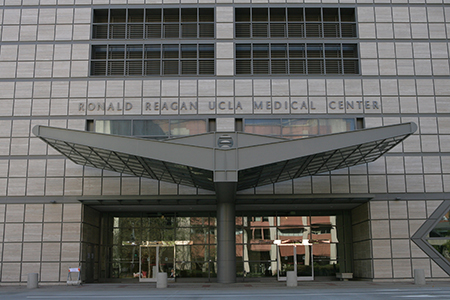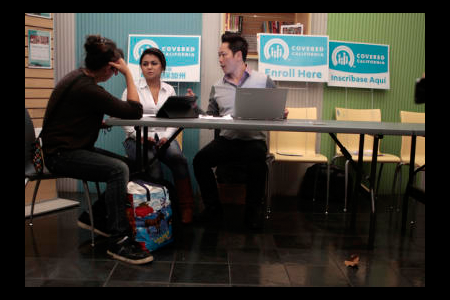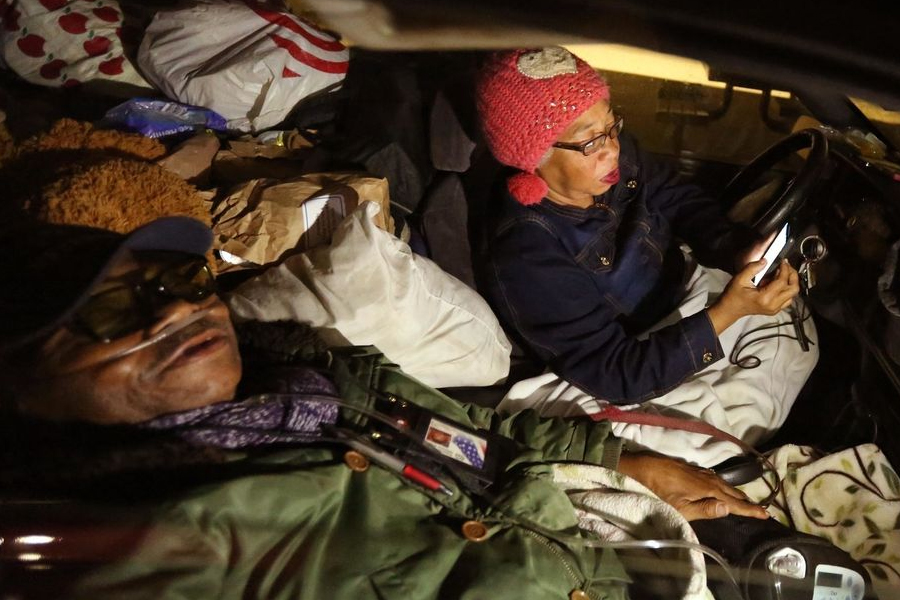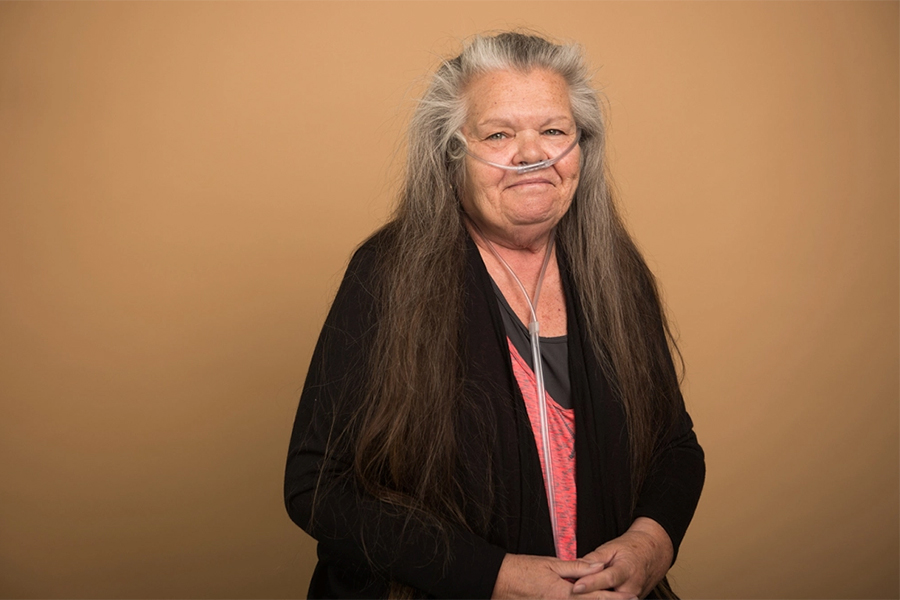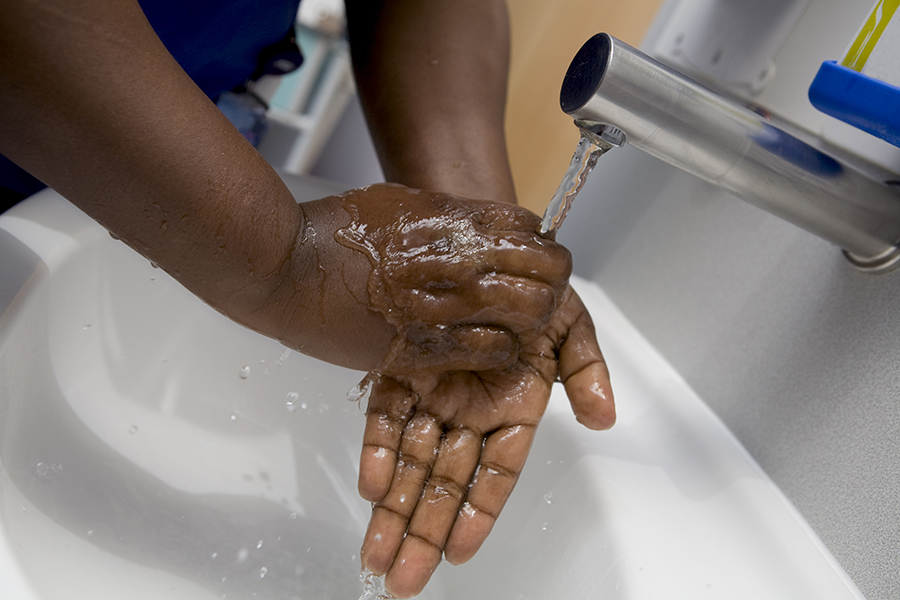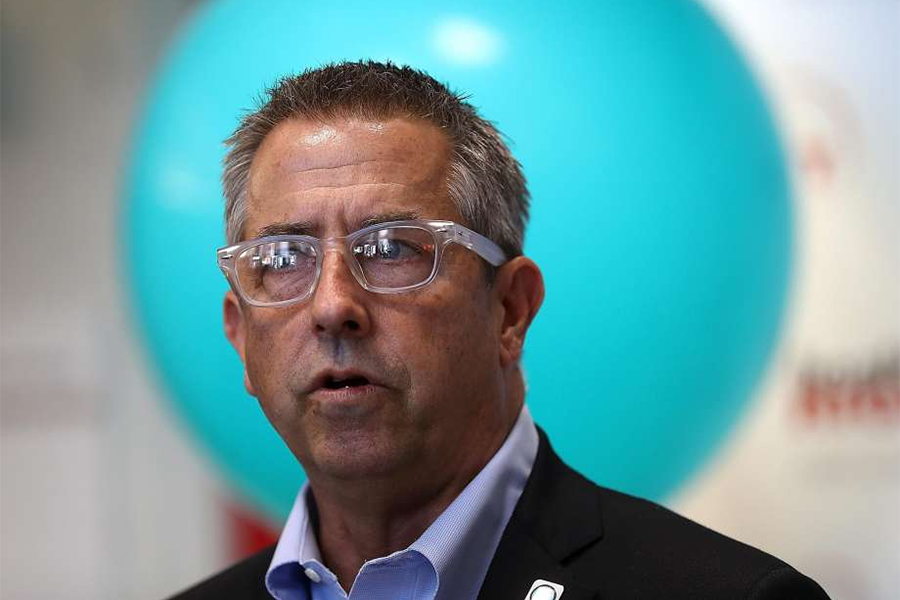Childhood Cancer Expert Champions Innovative Treatment at New Hospital By Suzanne Leigh, UCSF’s Senior Public Information Representative for Health Canal
It offers whimsical works of art by celebrated artists, interactive exhibits designed by the Exploratorium and acres of rooftop gardens. When UCSF Benioff Children’s Hospital San Francisco moves to its new home at Mission Bay, it will even feature a fleet of robots that glide silently across hospital hallways bearing food trays or linens.
The entrance to the new UCSF Benioff Children’s Hospital San Francisco at Mission Bay.
For most young patients, visits will be brief and occasional. But physicians like Kate Matthay, MD, who runs the pediatric malignancies program, recognize that for some patients visits may be lengthy and frequent.
“The hospital is child friendly and family friendly, and that’s important because sick kids need their families close by,” said Matthay, who has been working at UCSF Benioff Children’s Hospital San Francisco since her fellowship in 1979 and is herself the parent of three adults.
Matthay is uniquely attuned to the needs of very sick children, because her patients include those with neuroblastoma, one of the most challenging pediatric cancers. Neuroblastoma is a rare malignancy of the nerve cells that usually starts in the adrenal glands, abdomen or near the spine by the chest or neck, spreading rapidly and aggressively in some patients. About 50 percent of patients present with advanced disease and require a bone-marrow transplant, follow-up therapy and lifelong specialized medical surveillance. Only 45 to 50 percent of patients over the age of 18 months with metastatic disease survive five years after diagnosis.
Matthay’s mission is twofold: She is committed to researching strategies that boost survival of neuroblastoma as well as other pediatric cancers with low cure rates; and she wants to identify the hallmarks of lower-risk disease that enable physicians to pare down treatment regimens, reducing side effects like hair loss, nausea and compromised immunity. More significantly, it will lower the risk of late effects, such as stunted growth, developmental delays and secondary cancers.
Read the full article on childhood cancer efforts from Health Canal.






